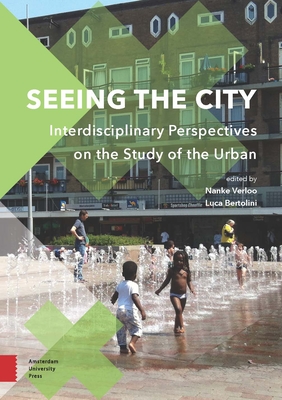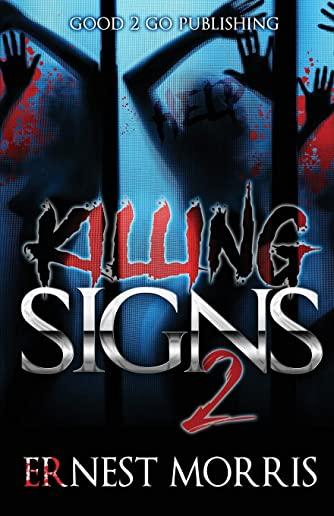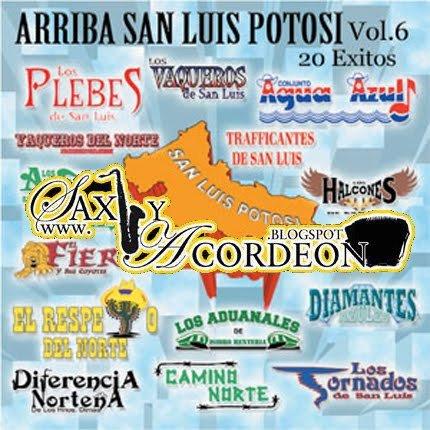
Bertolini, Luca
product information
description
9The city is a complex object. Some researchers look at its shape, others at its people, animals, ecology, policy, infrastructures, buildings, history, art, or technical networks. Some researchers analyse processes of in- or exclusion, gentrification, or social mobility; others biological evolution, traffic flows, or spatial development. Many combine these topics or add still more topics beyond this list. Some projects cross the boundaries of research and practice and engage in action research, while others pursue knowledge for the sake of curiosity. This volume embraces this variety of perspectives and provides an essential collection of methodologies for studying the city from multiple, interdisciplinary, and transdisciplinary perspectives. We start by recognizing that the complexity of the urban environment cannot be understood from a single vantage point. We therefore offer multiple methodologies in order to gather and analyse data about the city, and provide ways to connect and integrate these approaches. The contributors form a talented network of urban scholars and practitioners at the forefront of their fields. They offer hands-on methodological techniques and skills for data collection and analysis. Furthermore, they reveal honest and insightful reflections from behind the scenes. All methodologies are illustrated with examples drawn from the authors own research applying them in the city of Amsterdam. In this way, the volume also offers a rich collection of Amsterdam-based research and outcomes that may inform local urban practitioners and policy makers. Altogether, the volume offers indispensable tools for and aims to educate a new generation of interdisciplinary and transdisciplinary-minded urban scholars and practitioners.
member goods
No member items were found under this heading.
listens & views

UPTIGHT TONIGHT: ULTIMATE 60S GARAGE ...
by UPTIGHT TONIGHT: ULTIMATE 60S GARAGE COLL / VAR
COMPACT DISCout of stock
$11.99
Return Policy
All sales are final
Shipping
No special shipping considerations available.
Shipping fees determined at checkout.






